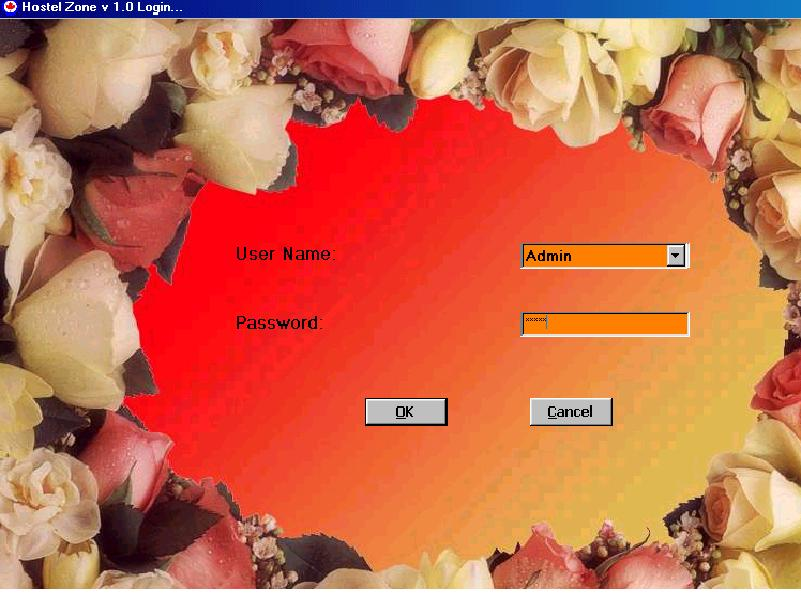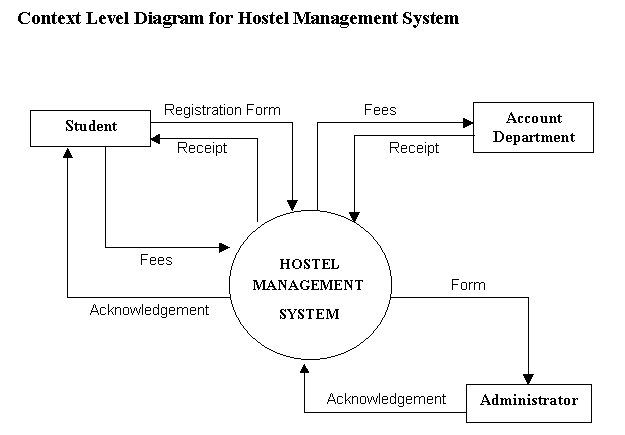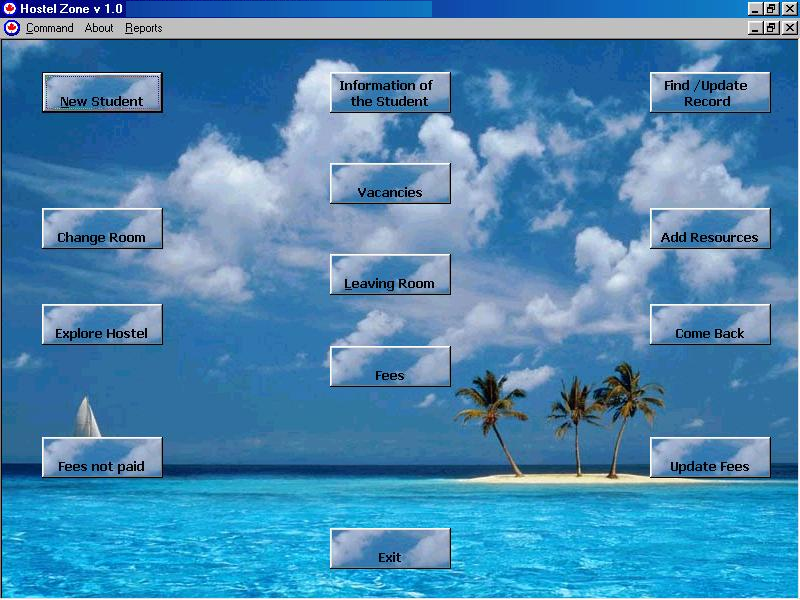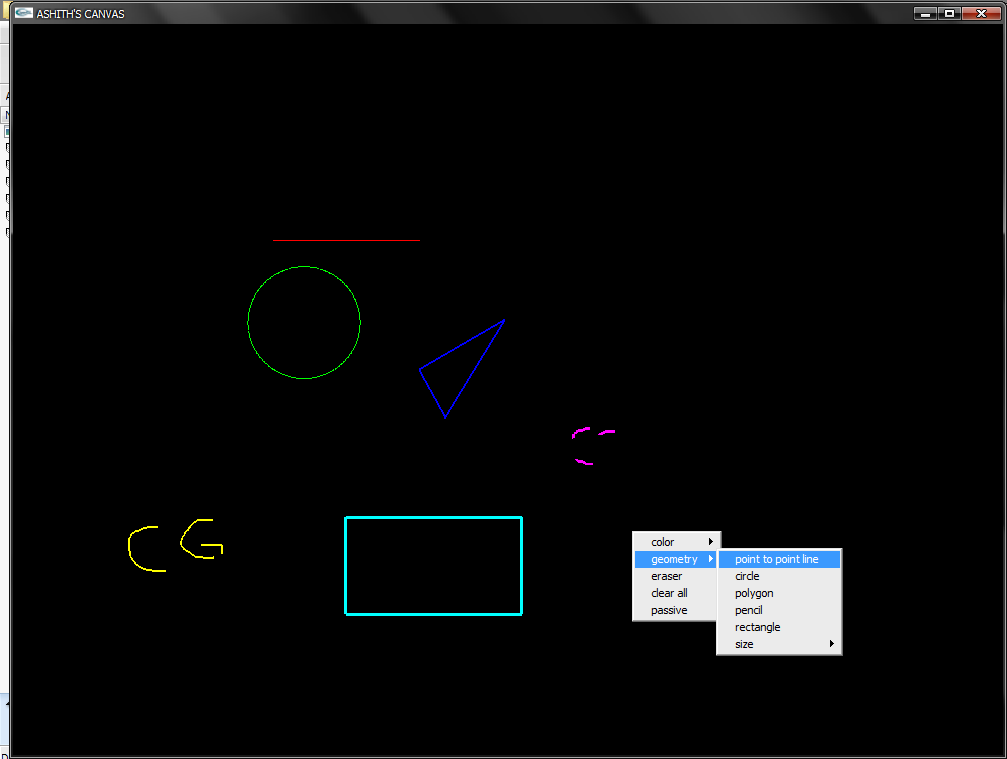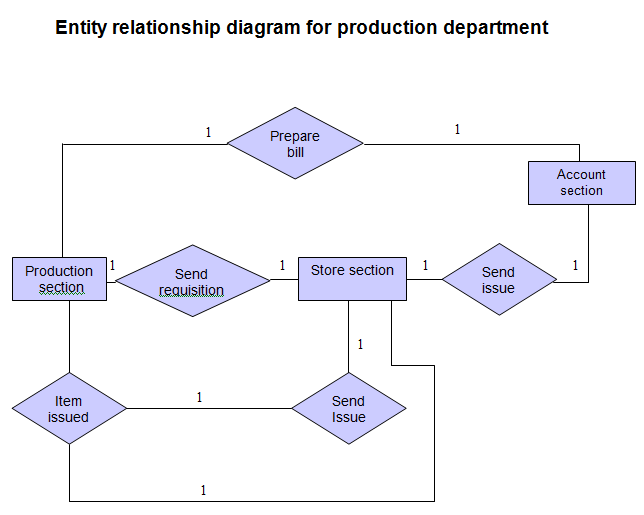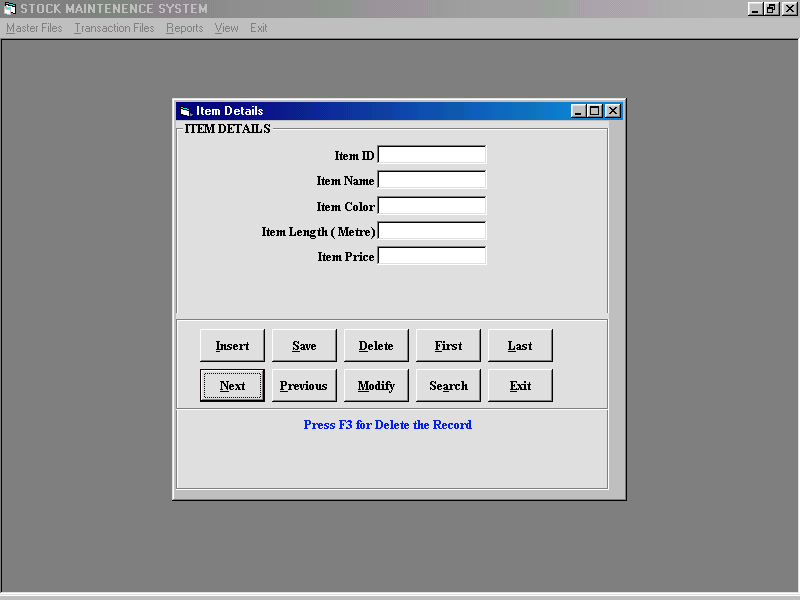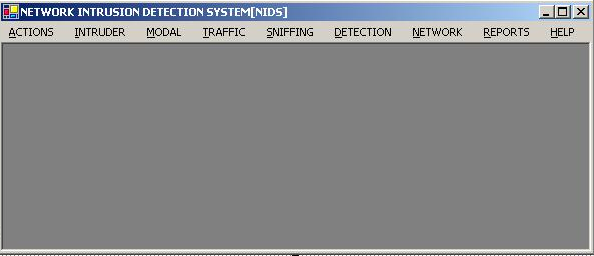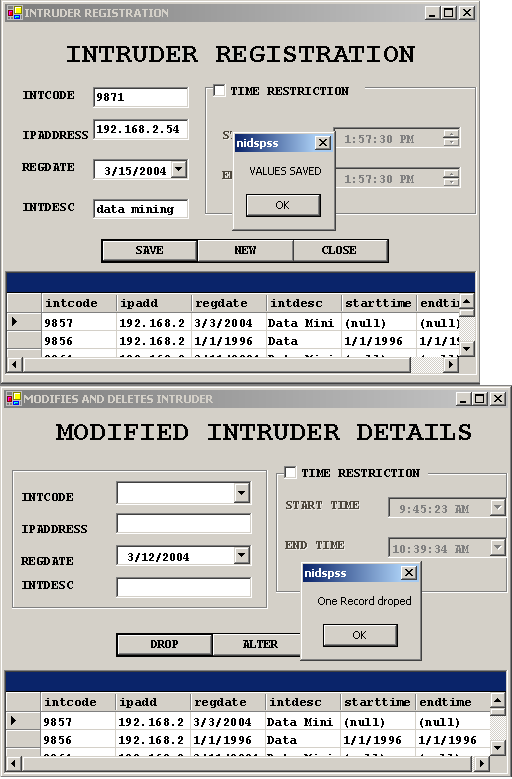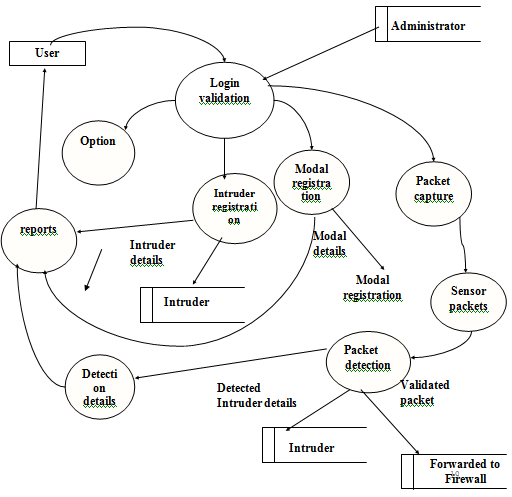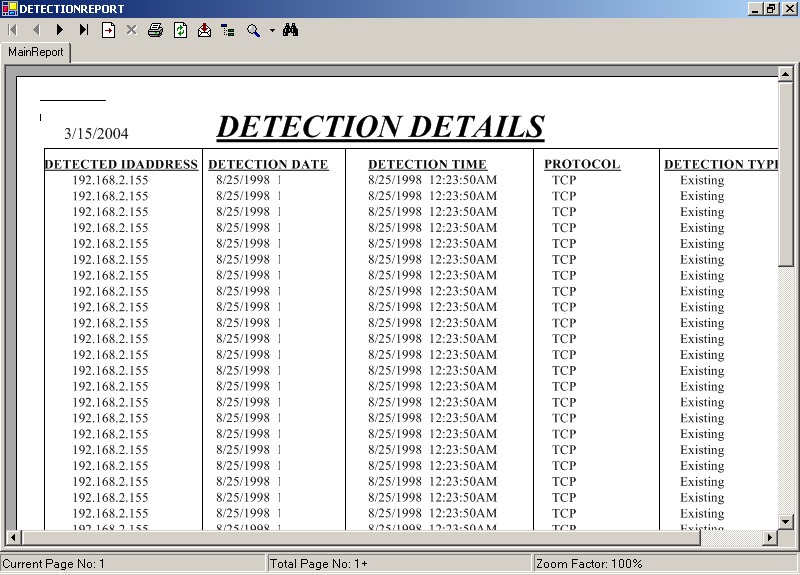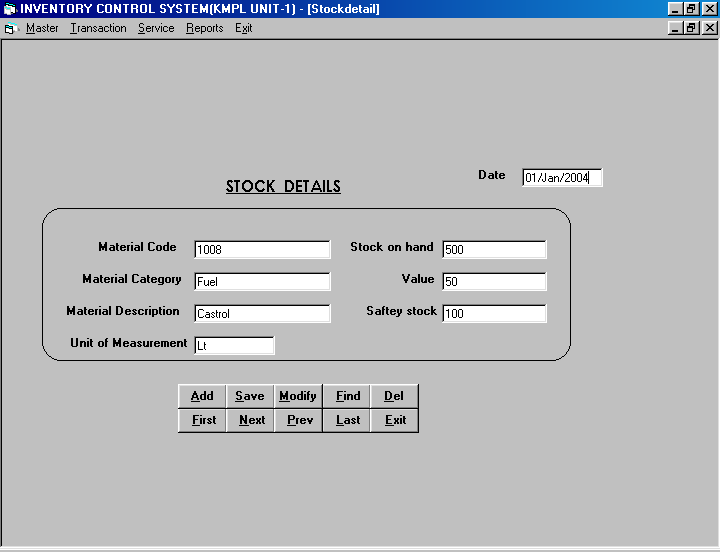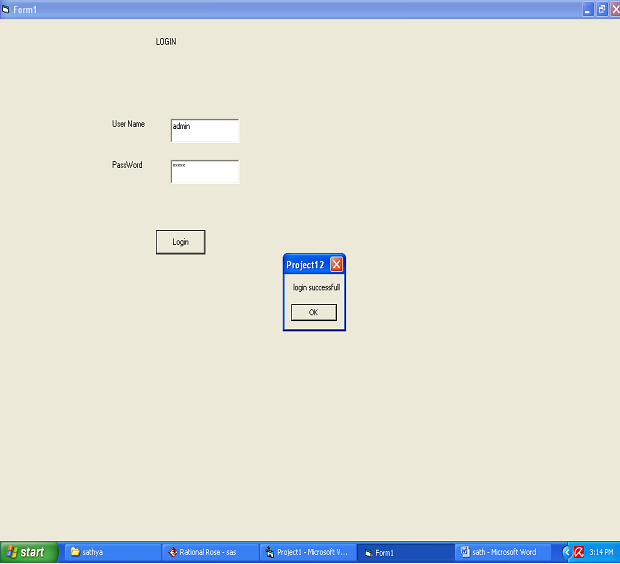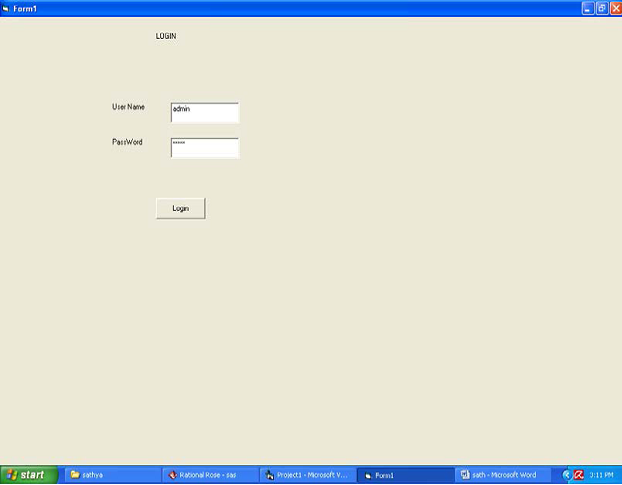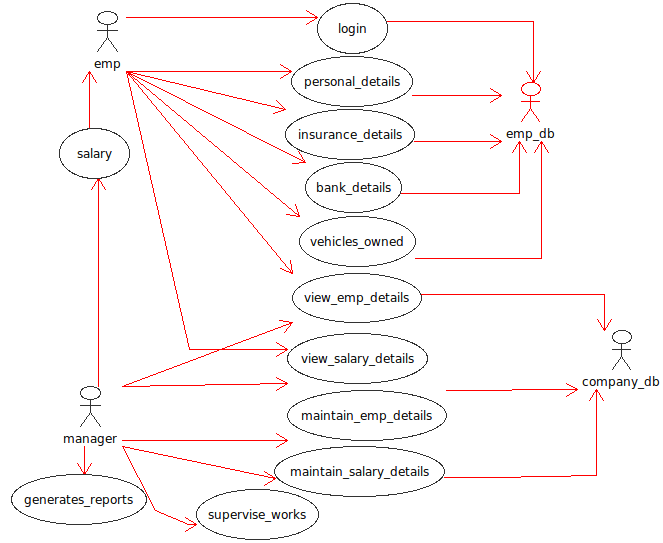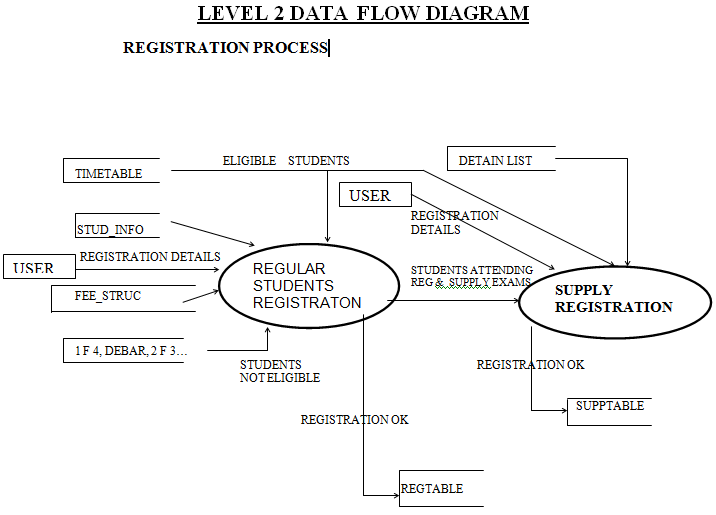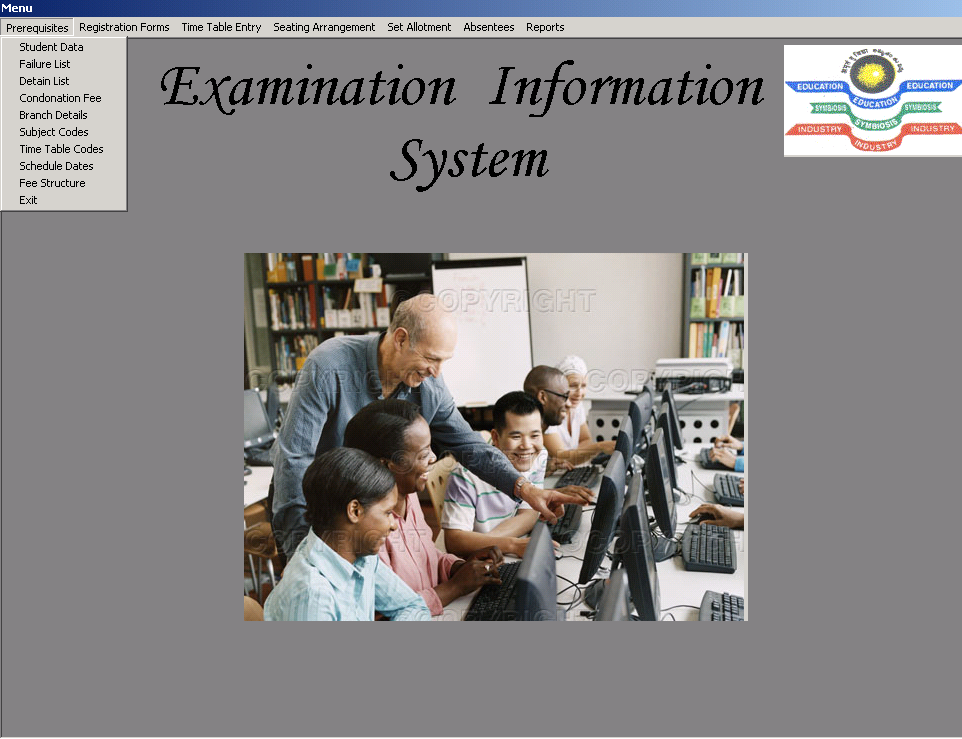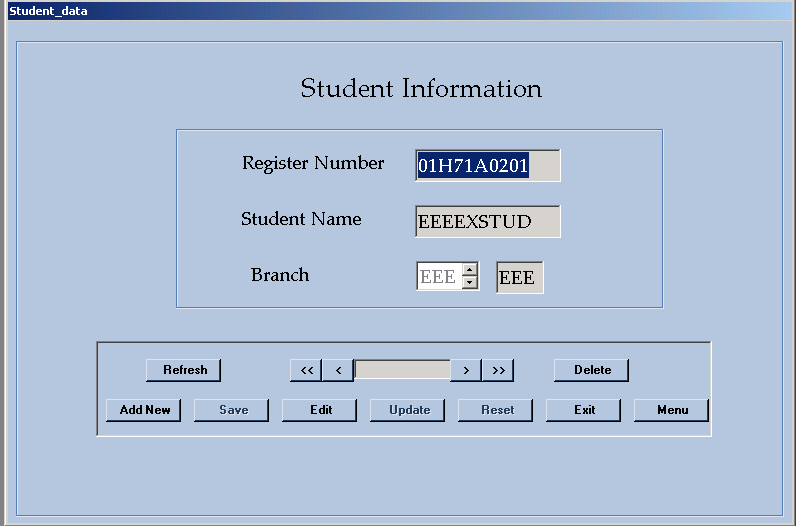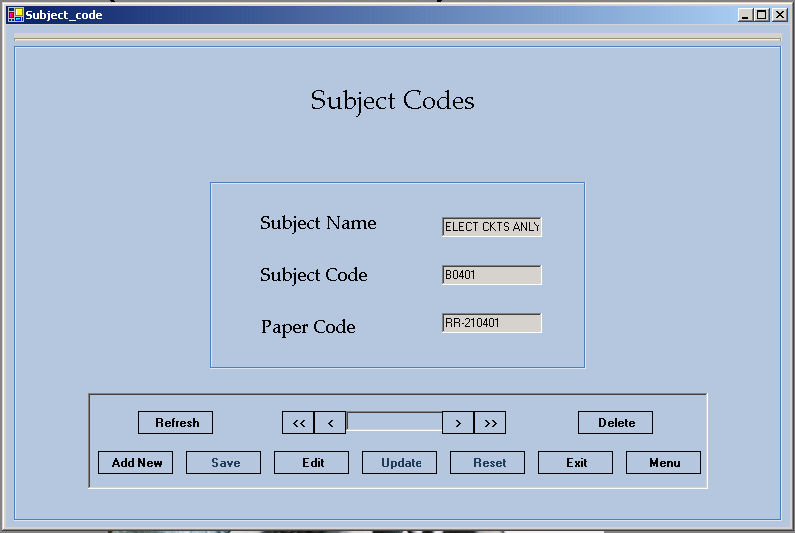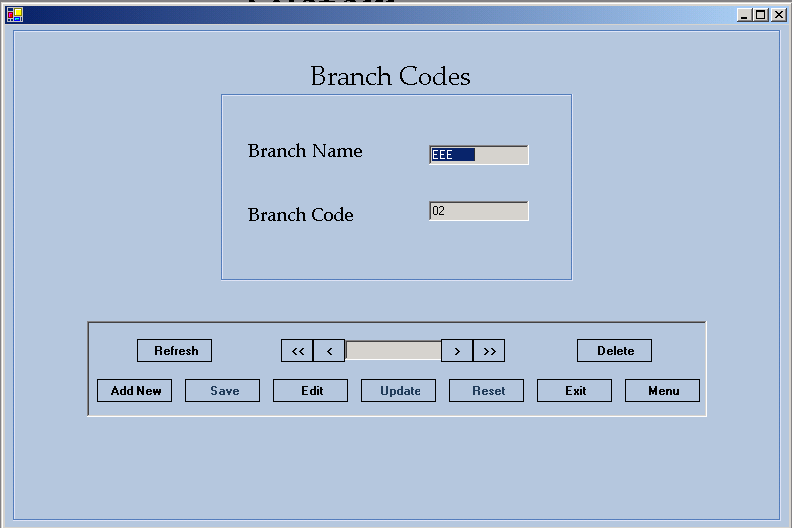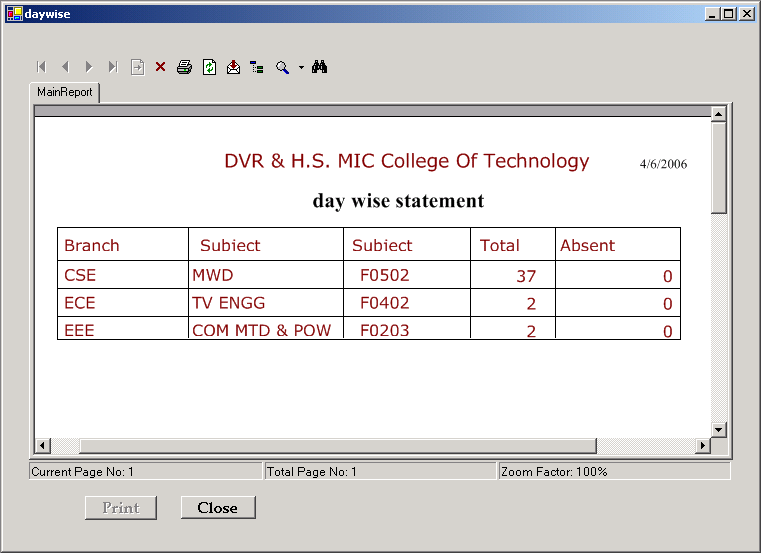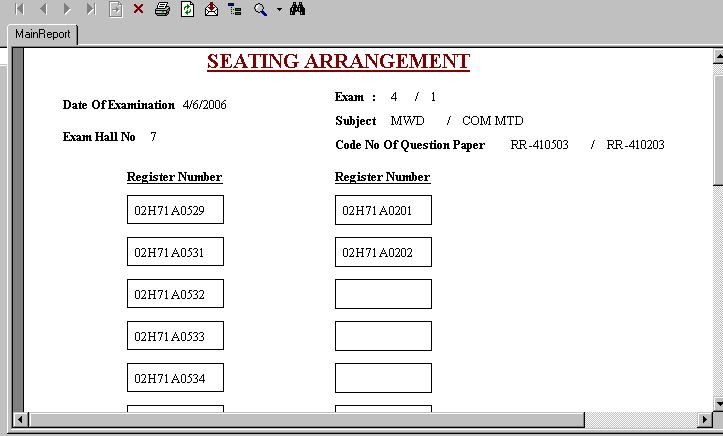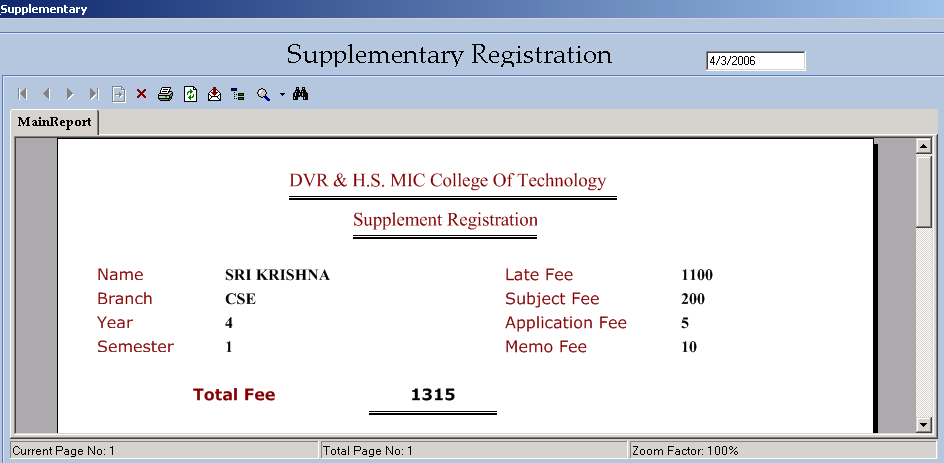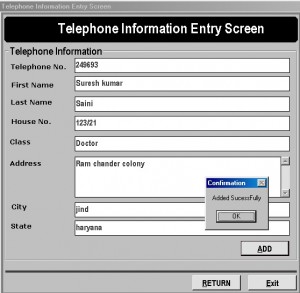Definition:“Hostel Management System is a student information maintenance or management process and inventory keeping of type data processing application, done by software named HOSTEL ZONE v1.0 used by rectors who manage the data of a student.” A high volume of data processing characterizes this application. Data processing consists of four major tasks – data gathering, data manipulation, and data storage and document preparation.
Areas of Computers:
Any system would normally comprise the following activities:
1) Obtaining data from outside the system,
2) Processing the data to get the information,
3) Giving timely and updated reports as output to the users.
The System Developed for:
It deals in providing accommodation to students, doing which, information management has to be efficiently and surely taken care of. They provide room accommodation according to student request. Administration working time during MON to SAT is 9 a.m. to 1 p.m. and 4 p.m. to 8p.m. they have one rector, two working people, who have been servicing for the past 35 years.
The Hostel Management System is developed for S.P.K.M.
Introduction To Existing System
The hostel keeps a database of information regarding students who are staying at the hostel. It also incorporates in its database details of fees paid. The tasks mentioned above are performed manually using a register system. The paper work also includes new student entry, updation in fee structure, etc.
Existing system has two modules:
(1) ACCOMMODATION MODULE
(2) BILLING MODULE
Accommodation Module:
- Accommodation module is first important module of existing system.
- The main job of this module is to make entry of students applying for accommodation and to provide information regarding vacancies and profile of students already registered.
- As and when a student applies, he is made aware of the rules and regulation of the stay at the refuge.
- That done, if the student accepts and promises to abide by the rules, he may be made aware of the vacancies and the students occupying the various rooms, and he may be given the choice to decide on a room provided, the room has the capacity.
Billing Module:
Billing Module is a second important module of existing Hostel system. The main purpose of this module is to extensively deal in finances, making entry of fees paid up by the students
The quantity of fees paid up is then updated into the fees file. Also an efficient mechanism is set up to ensure that the records set up student wise.
With the use of this module hostel attendant records the full information of students and the respective fees.
The main problem faced is dealing with the databases such as fees register and other types of register in which they have to update, delete. With every transaction, the details are noted down sequentially in the order of time and that too, manually.
Thus, use of computer come into existence where there are such tedious and very hard tasks tobe performed in the system.
Limitations Of Existing System:
- Time Consuming.
- Editing of data is tedious job.
- No Security of data.
- Maintenance is difficult.
- Not obtain accurate and relevant information.
- Problems of Report generation.
Requirement Analysis:
I have found following vital needs during fact gathering techniques:
Storage of Information for the financial year.
Reducing the data entry efforts.
To maintain up-to-date and proper student information.
Generation of various Reports as when needed.
Like vacancies reports,fees unpaid reports,bill etc.
Fact gathering techniques:
This is the main phase of requirement analysis
In this phase system analyst must be careful about user’s requirement.
The System was studied by means of:
- Interview
- Check List
- Record Review
- Interview
Activities involve in the process of the System.
Limitations of Existing System.
Types of Reports.
- Check List
Find out what area of hostel student information management system operation and activities need to be analyzed.
Find out their priorities.
- Record Review
Standard Operating Procedure.
Forms and Documents used for system.
Various Reports used by existing system.
Proposed System:
- System Scope
–The main job of this system is to record the vital data of the students and then prepare timely reports.
- System Boundaries
–Students.
–Vacancies.
–Hostel Trustees.
- System Objectives
–Maintaining Information regarding details.
–Maintaining fees related details.
–Recording all the day-to-day transaction.
Software Specification:
- Operating System ( Windows 98).
- Oracle 8.0 ( as Back-End).
- Visual Basic 6.0 ( as Front-End).

